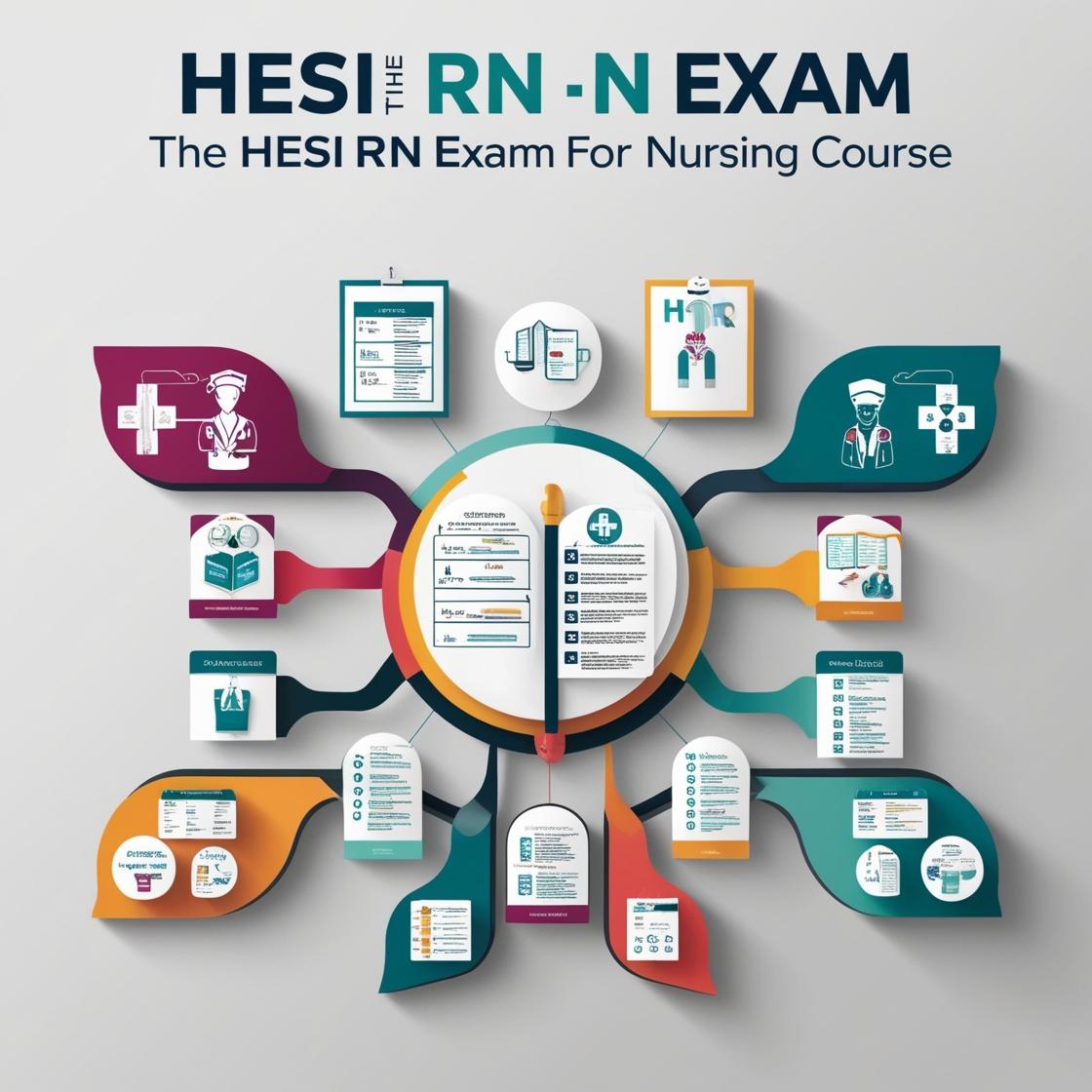HESI RN
HESI RN CAT Exit Exam
1. What assessment technique should the nurse use to monitor a client for a common untoward effect of phenytoin (Dilantin)?
- A. Bladder palpation
- B. Inspection of the mouth
- C. Blood glucose monitoring
- D. Auscultation of breath sounds
Correct answer: B
Rationale: The correct answer is B: Inspection of the mouth. This assessment technique is crucial for monitoring gingival hyperplasia, a common side effect of phenytoin. Bladder palpation (choice A) is not relevant to monitoring for phenytoin's side effects. Blood glucose monitoring (choice C) is important for clients with diabetes but is not specifically related to phenytoin. Auscultation of breath sounds (choice D) is more relevant for assessing respiratory conditions, not side effects of phenytoin.
2. A client who has had three spontaneous abortions is requesting information about possible causes. The nurse's response should be based on which information?
- A. Chromosomal abnormalities are the most common cause of early spontaneous abortions
- B. Incompetent cervix can cause spontaneous abortions
- C. An infection can cause spontaneous abortions
- D. Nutritional deficiencies are the most common cause of early spontaneous abortions
Correct answer: A
Rationale: The correct answer is A: Chromosomal abnormalities are the most common cause of early spontaneous abortions. Spontaneous abortions, also known as miscarriages, often occur due to chromosomal abnormalities in the fetus. These abnormalities are a common cause of early pregnancy loss. Choice B is incorrect because an incompetent cervix typically leads to late miscarriages, not early spontaneous abortions. Choice C is incorrect as while infections can be a cause of spontaneous abortions, they are not the most common cause. Choice D is incorrect as nutritional deficiencies are not the most common cause of early spontaneous abortions.
3. A 3-year-old boy is brought to the emergency center with dysphagia, drooling, a fever of 102°F, and stridor. Which intervention should the nurse implement first?
- A. Place the child in a mist tent
- B. Obtain a sputum culture
- C. Prepare for an emergent tracheostomy
- D. Examine the child's oropharynx and report the findings to the healthcare provider
Correct answer: A
Rationale: In a 3-year-old boy presenting with dysphagia, drooling, fever, and stridor, the priority intervention should be to place the child in a mist tent. This intervention helps alleviate respiratory distress, providing immediate relief. Options B, C, and D are not as urgent as ensuring the child's airway is managed effectively. Obtaining a sputum culture, preparing for a tracheostomy, and examining the oropharynx can be done after stabilizing the child's respiratory status.
4. A postoperative client returns to the nursing unit following a ureter lithotomy via a flank incision. Which potential nursing problem has the highest priority when planning nursing care for this client?
- A. Ineffective airway clearance
- B. Altered nutrition less than body requirements
- C. Fluid volume excess
- D. Activity intolerance
Correct answer: A
Rationale: The correct answer is 'Ineffective airway clearance.' Following a ureter lithotomy via a flank incision, the highest priority nursing problem is ensuring the client's airway remains clear. This is crucial for effective breathing and oxygenation. Altered nutrition, fluid volume excess, and activity intolerance are important to address but are of lower priority compared to maintaining a clear airway postoperatively.
5. When administering an intramuscular injection containing 3 ml of a painful medication, which intervention should the nurse implement?
- A. Instill the medication quickly
- B. Insert the needle slowly
- C. Select a large, deep muscle mass
- D. Use a short, small gauge needle
Correct answer: C
Rationale: The correct answer is C: Select a large, deep muscle mass. When administering an intramuscular injection with a painful medication volume of 3 ml, selecting a large and deep muscle mass is crucial. This intervention reduces discomfort for the patient and ensures proper absorption of the medication. Choice A is incorrect because instilling the medication quickly can increase discomfort. Choice B is incorrect as inserting the needle slowly may prolong the discomfort. Choice D is incorrect as using a short, small gauge needle may not be suitable for delivering 3 ml of medication effectively into the muscle.
Similar Questions

Access More Features
HESI RN Basic
$89/ 30 days
- 50,000 Questions with answers
- All HESI courses Coverage
- 30 days access @ $89
HESI RN Premium
$149.99/ 90 days
- 50,000 Questions with answers
- All HESI courses Coverage
- 30 days access @ $149.99
